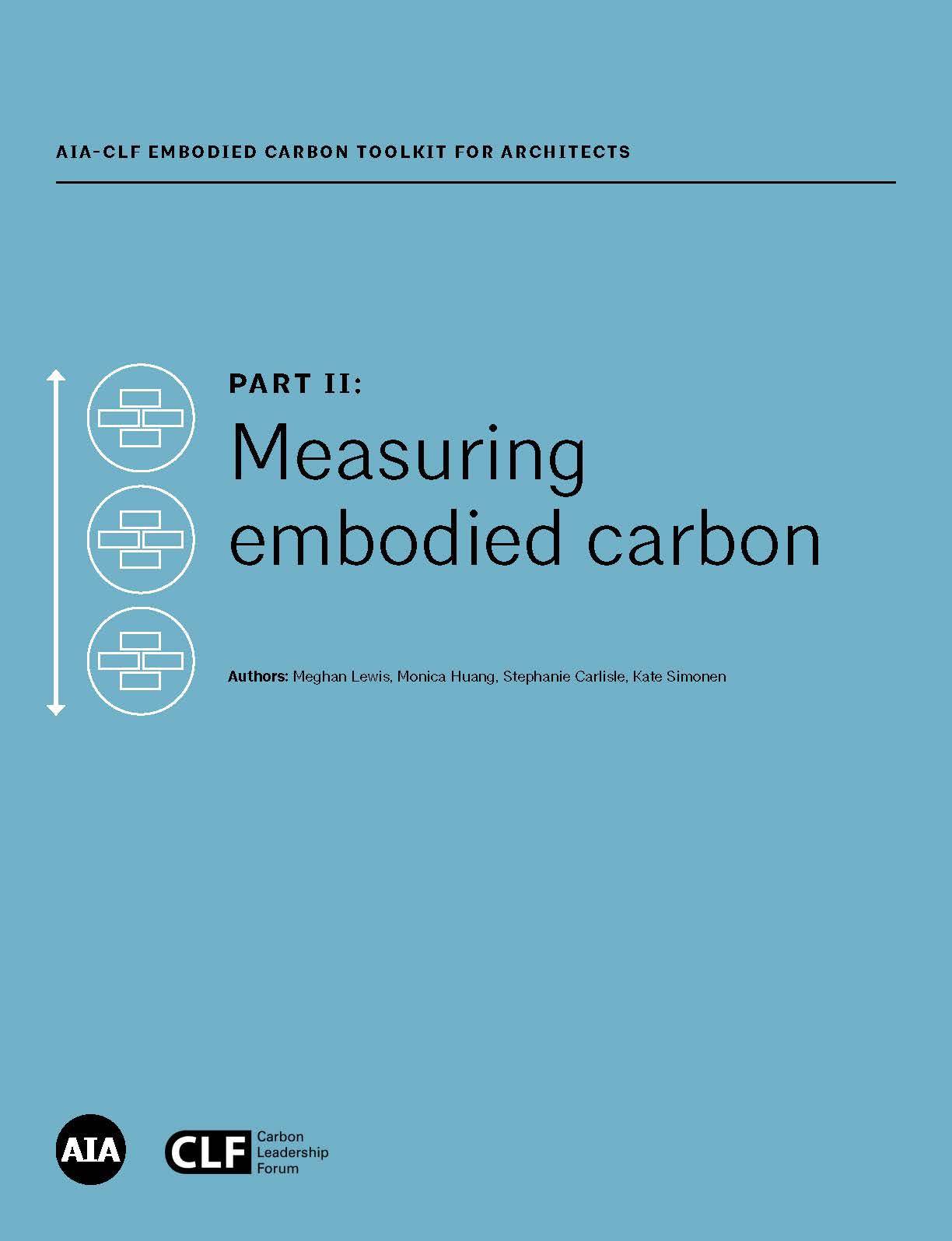Measuring embodied carbon is key to evaluating the highest-impact, most cost-effective solutions to reducing embodied carbon on your project. As is often said, “You can’t manage what you can’t measure.” Measuring embodied carbon requires a methodology called life cycle assessment (LCA).
Life Cycle Assessment
LCA is a methodology that is used to measure the environmental impacts of a building, product, or process over its full life cycle, from raw material extraction through end-of-life and disposal. LCA measures impacts through a variety of metrics, such as global warming potential, acidification potential, eutrophication potential, smog formation potential, and ozone depletion potential. Global warming potential (GWP) is the metric used to measure and track embodied carbon. GWP is quantified in kilograms of CO₂ equivalent (kg CO₂e). The “equivalent” or “e” in “kg CO₂e” means that other greenhouse gases like methane are included alongside carbon dioxide and normalized to the impact of CO₂ based on their radiative forcing potentials relative to CO₂.
